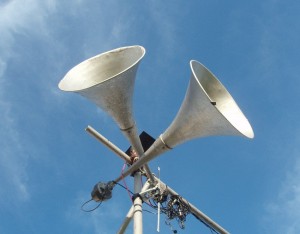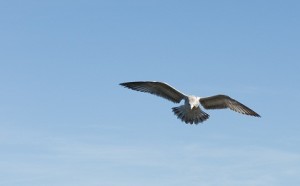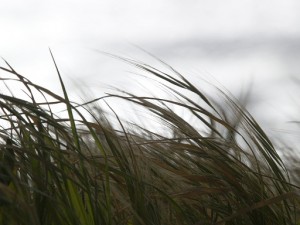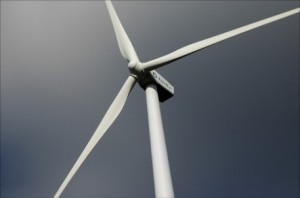Helical wind turbines are a type of vertical-axis wind turbine (VAWT) with conjoined scoops or twists that are arranged in the shape of a helix. Engineers have developed this design in an effort to capture the greatest amount of kinetic energy from the wind and generate clean electricity. They are more efficient than the average VAWT, and they have a unique and (subjectively speaking) attractive design.
Since helical wind turbines come equipped with a vertically-aligned rotor shaft, it is possible to space them fairly close together on your land or rooftop. This is compared to the horizontally-aligned rotor shaft in a horizontal-axis wind turbine (HAWT), which is generally able to generate a slightly larger amount of electricity but needs a great deal of space to operate efficiently.
There are people who have voiced a few concerns about helical wind turbines (and wind turbines in general) that I’d like to quickly address.
Noise
Some communities and individuals who care very much about the well-being of the Earth have resisted using wind energy because they are concerned that the wind turbines will be too noisy. This usually isn’t the case, especially when making use of smaller turbines like helical wind turbines. The noise you encounter everyday at work is probably louder than the noise created by one of these wind generators.
Ugly Appearance
Other folks have criticised the appearance of wind turbines. In most cases I don’t agree with this at all, not for VAWTs or HAWTs. Driving up and down the California coastline in the United States, you will see wind farms all over. The giant windmills that reside on many of the hillsides are hypnotic giants that glimmer beautifully in the sunlight. That’s an example of beautiful HAWTs. In the case of VAWTs, I particularly love the appearance of helical wind turbines, which resemble strands of DNA and can be painted for a particularly lovely effect.
Bird Safety
It is usually the case that when someone is conscientious about how they are treating the environment, they’ll want their energy solutions to be kind to animals as well. A challenge that has been cited by different people is that birds sometimes fly right into wind turbines and perish. This is a real issue, but it actually doesn’t happen too often, especially when you are dealing with smaller vertical-axis wind turbines. Helical wind turbines, in particular, pose little risk to birds. Part of the reason is that their design makes them appear more solid than other turbines’ do, so birds treat the helical wind turbine as a solid object and fly around it instead of through it.
Whatever reasons you might have for not jumping on the wind turbine bandwagon, specifically the helical wind turbine bandwagon, you will find that their pro’s outweigh their con’s. This is really a great type of wind turbine. Helical wind turbines are one of the more efficient kinds of turbine for home and community use. They’re fantastic for providing power in the city, and they have a lovely sculpturesque appearance. What’s not to love?





